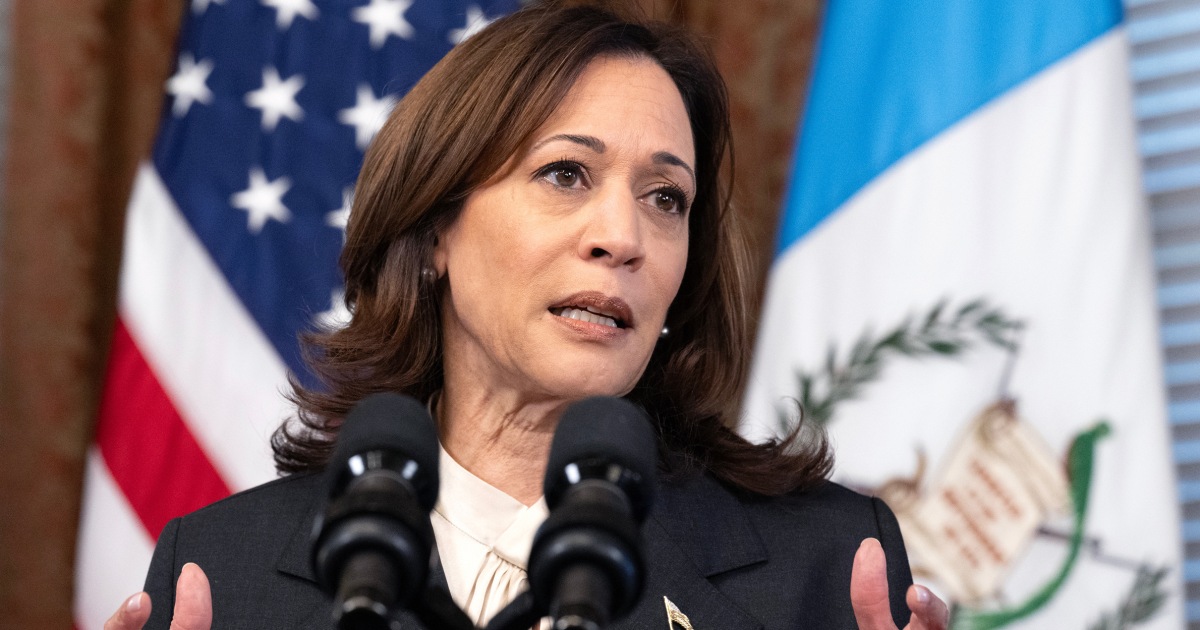Andy Warhol was definitely not a Ukrainian. The artist was born into a family of Ruthenian descent and raised in a Pittsburg ethnic ghetto. By the time his generation came of age, his ties to the mother country were already severed. Warhol anglicized his surname by dropping the final “a,” and had the ambition to worm his way into the elite WASP circles of New York City. His family did hail from an area in the Carpathian Mountains with unstable borders, however, and at one point the region fell within Ukraine. Thus, the Google search for “Andy Warhol Ukrainian” returns more than one million results, some of them from academic journals.
To be fair to Ukrainians, they are not the only Slavs claiming the great American artist, but, especially in the last year, Ukrainians have been particularly aggressive about making corrections in online databases and approaching Western museums to relabel art—Polish, Jewish and especially Russian—“Ukrainian.” A good deal of that effort can be traced to the activities of one woman, Oksana Semenik. She is a Twitter influencer who personally approaches curators even while directing her 24,000 followers to tag museums on social media, asking to make corrections.
In an interview with the podcaster Johnathan Fink, the activist explained that it is “Russian propaganda” to label certain works in American collections as Russian or to even cite Russia as the artists’ place of birth. Her goal is to “liberate and decolonize our [Ukrainian] culture from the Russian context,” even likening herself to Ukrainian soldiers in the trenches; they are doing important work liberating the land, but her fight is in American and Western museums. Semenik lamented:
Why do they have this great Russian culture? Because they spend a lot of money for cultural propaganda…they [Russians] were promoting their so-called “culture”. But a lot of these artists were, of course, stolen, you know, from Ukraine or from Belarus.
She added: “Russia stole all those artists and international museums still keep all this stolen art for Russia. Holding them as hostages.”
The language sounds shrill, so I wanted to give Semenik an opportunity to restate her thoughts—maybe she would be able to explain herself better in her native language. She didn’t respond to my direct messages.
I wanted to hear about her methodology. In the podcast interview, she said that she researches the artists’ genealogies to confirm their Ukrainian heritage. However, it appears that her most notable subjects don’t usually have any Ukrainian blood.
Having followed the post-Soviet cultural trends in Eastern Europe, I have a guess at Semenik’s methodology: She looks at a map. If she sees that an artist set his foot in the country within its 1991 borders, she labels him as Ukrainian. But most of these artists lived before independent Ukraine was created, graduated from Russian academies, weren’t a part of any native Ukrainian art movements, and communicated in Russian. The land that is now Ukraine was once diverse, and its biggest cities, where high culture blossomed, were majority Russophone.
Thus the artists in question weren’t in any meaningful sense Ukrainian. For instance, one of Semenik’s recent tweets shows a painting of a peasant women by Zinaida Serebryakova with the caption: “Here is «Harvesting” [sic] by [Ukrainian flag] Zinaida Serebryakova. She made it in 1915 in Kharkiv region during First World War.”
But Serebryakova (1884-1967) was a St. Petersburg-educated daughter of the Benois clan of Russian artists with French roots. Her works added a straightforward but tender touch to the exhibitions of the Russian Art Nouveau group Mir iskusstva. The Serebryakovs had a country estate in Neskuchny village, where the artist was born and where she later spent the happiest years of her life. At the time, Neskuchny was part of Russia’s Kursk Governorate, but is now in the Kharkov Region of Ukraine.
In wokespeak, that should make Serebryakova a settler-colonialist dispatched to Russify Ukraine. One of Semenik’s biggest beefs is forced Russification. After the revolution, Serebryakova moved to Paris, the end destination of many white emigres. She completed most of her work in France. A free woman in a free country, she never to my knowledge called herself a Ukrainian.
Whether or not Serebryakova will be relabeled is an open question, but museums are already making dubious corrections. The Met recently relabeled Kuindzhi, Repin, and Aivazovsky, three 19th- to early-20th-century artists, all household names in Russia. All three have links to the territory of post-Soviet Ukraine, and in Repin’s case, blood ties. All three were commercially successful and exhibited in Europe where they became known as Russians; it was no KGB conspiracy. To strip them of the Russian context, as activists intend, is to strip their work of its most important context.
Arkhip Kuindzhi (1841-1910) was a master of mysterious luminous landscapes whose subjects included both the Russian and Ukrainian countryside. When in 1904 Mir iskusstva magazine referred to him one of the prominent Jews of Russia, he responded immediately:
I feel compelled to tell esteemed Mr. Menshikov [the author of the article] that I am Russian. My forefathers were Greeks who came from Crimea’s south coast during the reign of Empress Elizabeth and founded the town of Mariupol, as well as 24 villages.
Maybe if the commentator had called Kuindzhi a Ukrainian, the painter would let it slide, but the man is on record insisting he’s Russian.
Ivan Aivazovsky (1817-1900) was a prolific master of Romantic seascapes, who was appointed the official painter of the Russian Navy and hobnobbed with cultural, political, and military elites of imperial Russia. An ethnic Armenian, he was born and spent most of his life in the Crimean city of Feodisia.
Since in 1954, a half a century after the artist’s death, the Soviet Union transferred the administration of Crimea to Ukraine. Ukraine can now claim every artist who lived on the peninsula, yet the Western Ukrainian cities ofLviv and Rivne renamed their Aivazovsky streets during the campaign of derussification. I can see it from their point of view—the claims to Aivazovsky’s Ukrainness are rather thin: Semenik points to the fact that during the Crimean War the painter evacuated to (the Russian-speaking) Kharkov, where he hung out with Ilya Repin, whom Semenik claimed for Ukraine.
Ilya Repin (1844-1930) was the grand master of Russian realism. He was born in a family of Cossacks in Chuguev, Kharkov Governorate, now Ukraine, where his father served in the Uhlan Regiment—an agent of occupation. Repin painted Russian historical and socio-political subject matter as well as portraiture. He was a key member of the enormously influential Russian Peredvizhniki movement, or the Wanderers, which organized traveling exhibitions enabling the audience in the provinces, including many cities of contemporary Ukraine, to view the art that was previously available only in St. Petersburg and Moscow.
If Russia “stole” Repin from Ukraine, the heist was conducted in broad daylight—Repin’s Ukrainian roots were never a secret. He painted Ukrainian subject matter, including most notably Reply of the Zaporozhian Cossacks (1871-72), a historical painting showing the bawdy warriors writing a letter to the Turkish sultan. This and many other Ukrainian-themed works were celebrated in his lifetime and after.
Repin knew the key figures in the Russian creative intelligentsia circles and wrote memoirs in Russian. Although, like Serebryakova, he was around when the Ukrainian People’s Republic declared its independence in 1918, the artist was a supporter of the liberal Provisional Government in St. Petersburg. He died on his estate in the Finnish village of Kuokkala, forty kilometers away from Leningrad (now St. Petersburg). If anything, his life illustrates how Russian and Ukrainian cultures were intrinsically interconnected.
It certainly wasn’t the same for all ethnic groups. Isaak Levitan, another Peredvizhnik and one of the most influential painters of the Russian landscape, was expelled from Moscow twice because of settlement laws. His friend Anton Chekhov forbade his sister from marrying the artist.
The relabeling efforts are not focused solely on Russians. Semenik has laid claim to multiple lesser known Polish American artists, such as John D. Graham and Jacques Hnizdovsky (Graham was a White Russian, to boot). Then there are the Jewish Americans, Louise Nevelson, Louis Lozowick, Boris Margo, Jules Olitski, Todros Geller, and Saul Rabino. Considering that over the centuries Cossacks and Ukrainian nationalists waged wars of genocide against Jews and Poles, that seems wrong.
Subscribe Today
Get weekly emails in your inbox
Jews who, in the early 20th century, fled Russian Empire’s Pale of the Settlement were uninterested in the internal squabbles of Eastern Slavs. On the other hand, the American artistic community was fascinated with the Russian avant-garde. If museums identify a Jewish American artist’s place of birth as “Russia,” it is probably because the artist himself believed it to be the case.
It gets even stranger when Ukrainians pressure museums to change the title of Western artwork. The National Gallery in London changed Degas’s Russian Dancers to Ukrainian Dancers and the Met changed its Russian Dancers into Dancers in Ukrainian Dress. What did Degas, who never stepped foot in Eastern Europe, ever do to deserve to get dragged into Russo-Ukrainian territorial disputes? Art museums exist to celebrate the artists and their vision, not to serve the needs of far-away nationalist movements. I am not convinced that Degas knew the word “Ukraine,” and in any event, the series was called Russian Dancers in his lifetime. If he believed, rightly or wrongly, that he was drawing Russian dancers, then that is the title of the painting.
Relabeling art based on the demands of activists makes curators look like amateurs unfamiliar with artists’ biographies or the content of their work—or even the basic facts of history. Ukrainians may look to Western museums to be affirmed, but no museum should subordinate its art and the artists to momentary politics.









